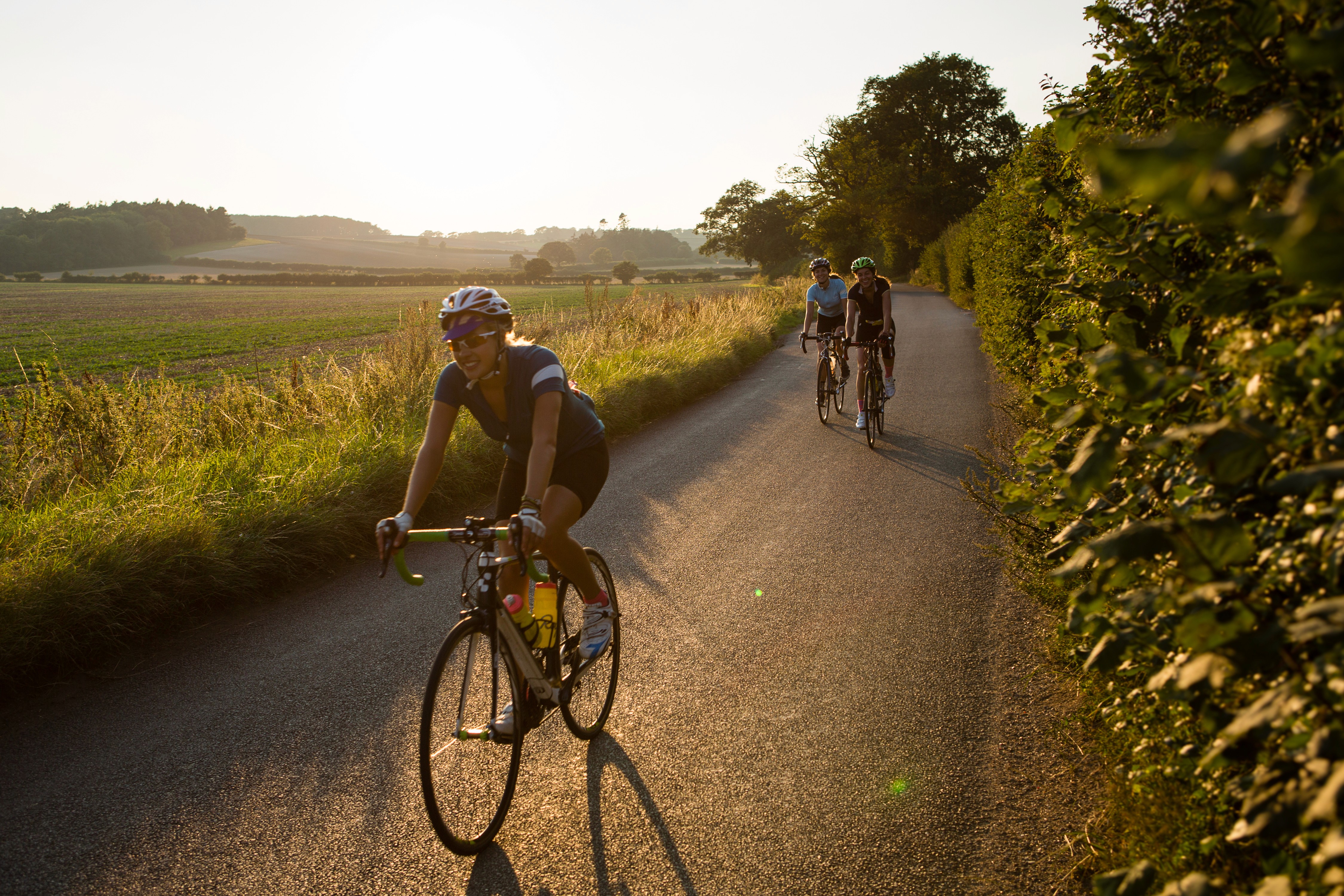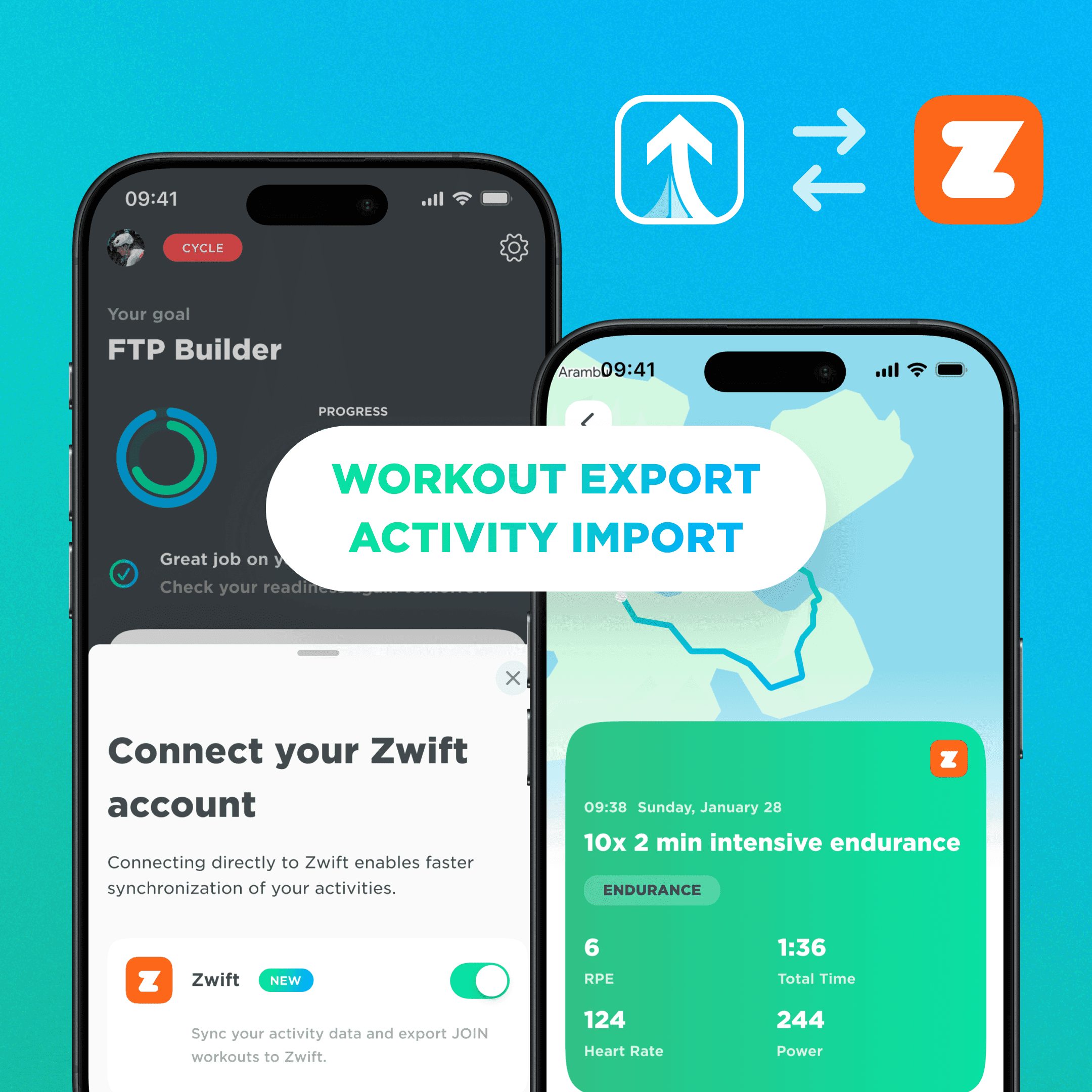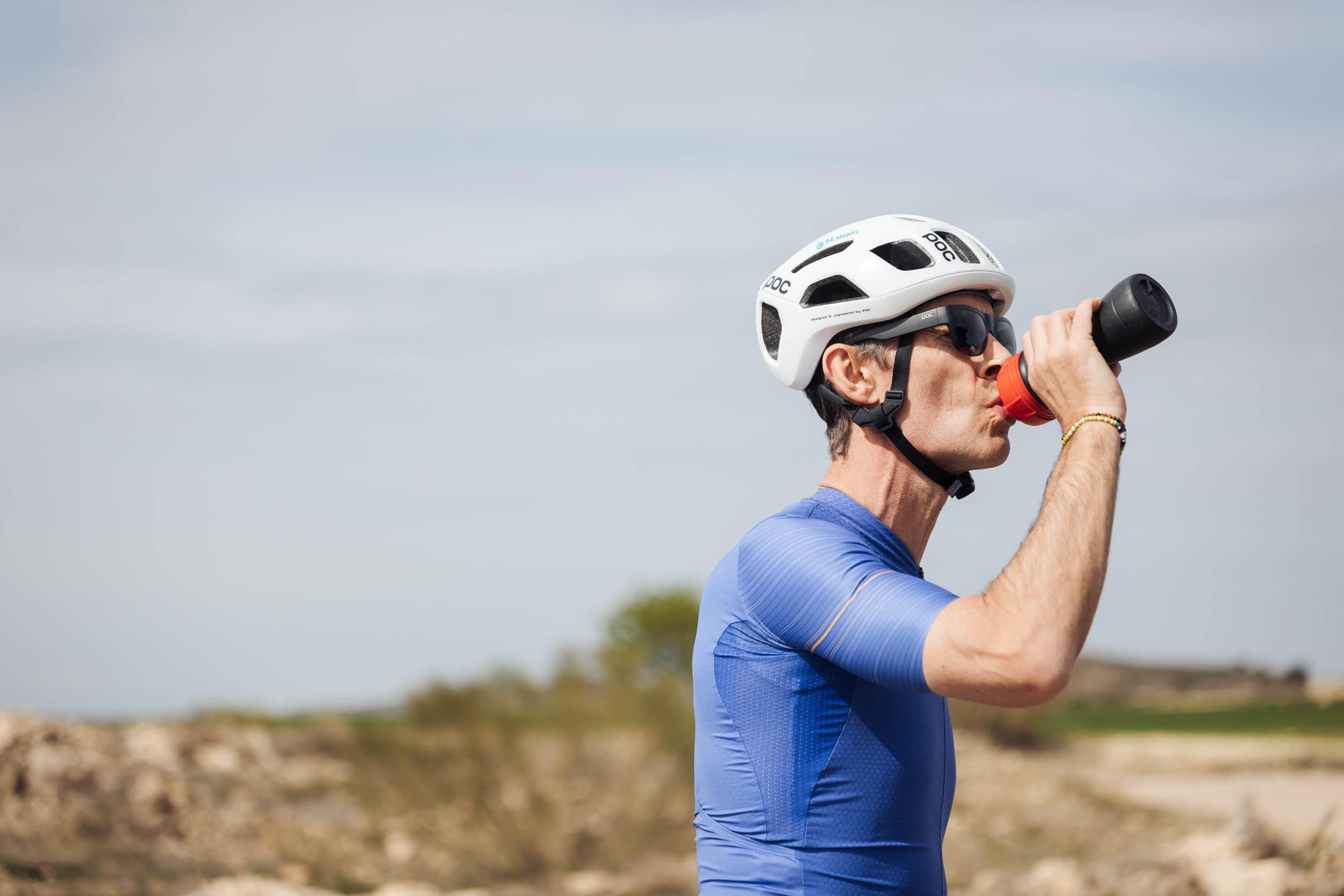Cycling tips for your first 100 km
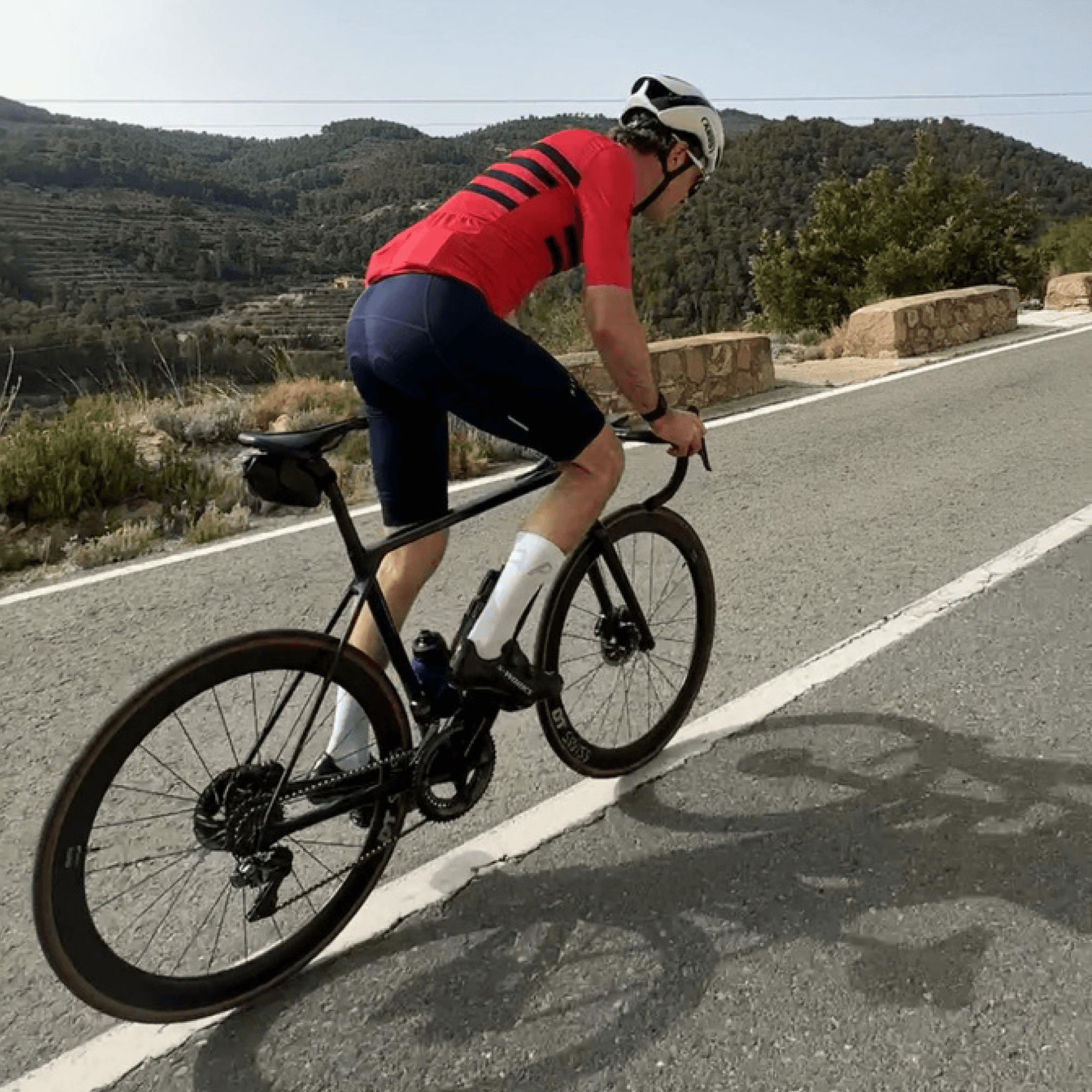
Jun 1, 2023
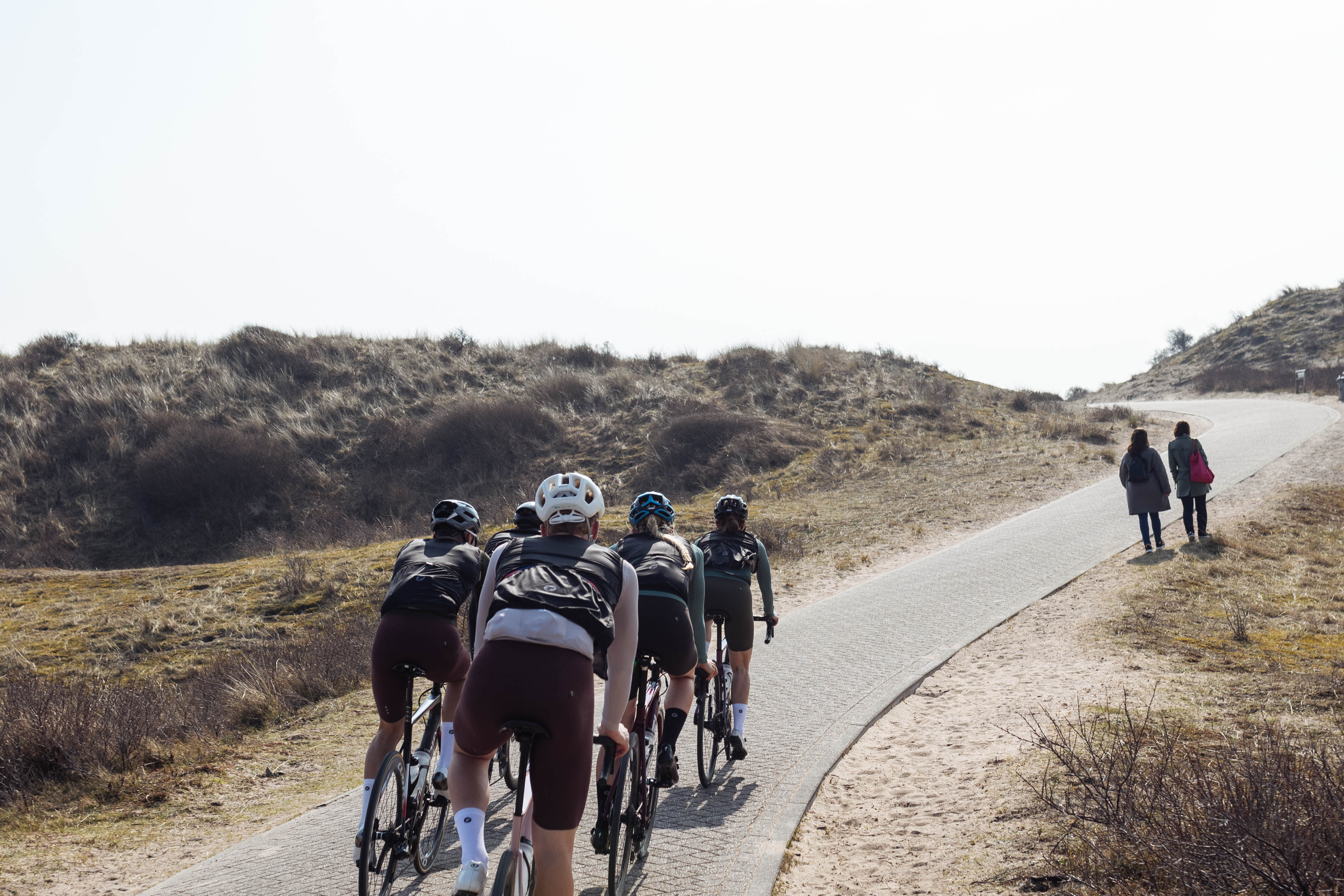
Cycling tips for your first 100 km
Jun 1, 2023

Cycling tips for your first 100 km

Jun 1, 2023

Cycling your first 100 kilometres is obviously a milestone that requires quite a bit of training. Of course, you also need to be able to enjoy it a bit and not completely destroy yourself because you didn't prepare properly. To get this done, here are our most important tips.
Slowly build up the duration of training sessions
It is important for every cyclist to slowly build up the duration of training sessions. Not only for the novice cyclist, but also for the experienced cyclist who starts again after several weeks of inactivity. Therefore, start with 45 to 60 minutes per workout and make the longest workout per week about 10% longer. If you experience complaints on the bikes or you feel far too tired when coming home, then stay at the current training duration for an extra week.
If you want to do more, train more frequent but not longer. It is much more effective to train more often and more intensively, even if your goal is to ride longer. This may sound counterintuitive, but research shows that recreational cyclists can improve their endurance fitness just as well with 2-3 hours of high-intensity training (HIT) per week as with 10-12 hours of easy endurance training.
Interval training
It is therefore recommended to start interval training early on. JOIN can of course help you with this. In the first 3 to 4 training sessions, keep the intensity low. It's mainly about gaining confidence on the bike and comfort in the saddle. In addition, it is smart to do high-intensity intervals at least once a week. As mentioned above, you should then not experience any complaints on the bike, e.g. to your seat or knees. In addition, you should have confidence in steering and cycling at higher speeds. If this is not yet the case, you might consider having a bikefitting carried out first.This way, the longest endurance training after a 12-week period is almost 3 hours. At an average of 25km/h, it will take you 4 hours to do your first 100km. However these 12 weeks should be enough to complete your first 100km, provided you eat and drink well during your ride. Besides one longer ride per week, you'll do 1 to 3 shorter training sessions with some more intervals. Although you obviously want to build confidence in outdoor cycling, you can also do these kinds of rides indoors on Zwift, for example. Preferably, you train in a polarised way. That means alternating easy endurance training with high-intensity training.. Again, it is advisable to follow a training plan in JOIN and let JOIN do it’s magic.
Training with carbohydrates
Drinking well means drinking at least one 500ml sports drink every hour. It's best to choose an isotonic beverage with 20 to 35 grams of carbohydrates. Supplement this number of carbohydrates to 60 to 90 grams of carbohydrates per hour with food. More is better, but consuming 90 grams of carbohydrates per hour is quite difficult and you will have to train the gut for this. Therefore, if for your first 100 kilometres you get no further than 40 to 50 grams per hour, there's really no shame in that.
For your first 100 kilometres, you can of course go out with a group. That often means, you can complete the distance much faster. You are also usually shorter on the bike, because you can share the head turns. However, your first 100 kilometres might be about being "self-supporting". That means you should have your own food and drink strategy figured out and be able to change an inner tube yourself. So you should not forget to master this in the first 12 weeks of your training build-up.
Good luck!
Cycling your first 100 kilometres is obviously a milestone that requires quite a bit of training. Of course, you also need to be able to enjoy it a bit and not completely destroy yourself because you didn't prepare properly. To get this done, here are our most important tips.
Slowly build up the duration of training sessions
It is important for every cyclist to slowly build up the duration of training sessions. Not only for the novice cyclist, but also for the experienced cyclist who starts again after several weeks of inactivity. Therefore, start with 45 to 60 minutes per workout and make the longest workout per week about 10% longer. If you experience complaints on the bikes or you feel far too tired when coming home, then stay at the current training duration for an extra week.
If you want to do more, train more frequent but not longer. It is much more effective to train more often and more intensively, even if your goal is to ride longer. This may sound counterintuitive, but research shows that recreational cyclists can improve their endurance fitness just as well with 2-3 hours of high-intensity training (HIT) per week as with 10-12 hours of easy endurance training.
Interval training
It is therefore recommended to start interval training early on. JOIN can of course help you with this. In the first 3 to 4 training sessions, keep the intensity low. It's mainly about gaining confidence on the bike and comfort in the saddle. In addition, it is smart to do high-intensity intervals at least once a week. As mentioned above, you should then not experience any complaints on the bike, e.g. to your seat or knees. In addition, you should have confidence in steering and cycling at higher speeds. If this is not yet the case, you might consider having a bikefitting carried out first.This way, the longest endurance training after a 12-week period is almost 3 hours. At an average of 25km/h, it will take you 4 hours to do your first 100km. However these 12 weeks should be enough to complete your first 100km, provided you eat and drink well during your ride. Besides one longer ride per week, you'll do 1 to 3 shorter training sessions with some more intervals. Although you obviously want to build confidence in outdoor cycling, you can also do these kinds of rides indoors on Zwift, for example. Preferably, you train in a polarised way. That means alternating easy endurance training with high-intensity training.. Again, it is advisable to follow a training plan in JOIN and let JOIN do it’s magic.
Training with carbohydrates
Drinking well means drinking at least one 500ml sports drink every hour. It's best to choose an isotonic beverage with 20 to 35 grams of carbohydrates. Supplement this number of carbohydrates to 60 to 90 grams of carbohydrates per hour with food. More is better, but consuming 90 grams of carbohydrates per hour is quite difficult and you will have to train the gut for this. Therefore, if for your first 100 kilometres you get no further than 40 to 50 grams per hour, there's really no shame in that.
For your first 100 kilometres, you can of course go out with a group. That often means, you can complete the distance much faster. You are also usually shorter on the bike, because you can share the head turns. However, your first 100 kilometres might be about being "self-supporting". That means you should have your own food and drink strategy figured out and be able to change an inner tube yourself. So you should not forget to master this in the first 12 weeks of your training build-up.
Good luck!
Cycling your first 100 kilometres is obviously a milestone that requires quite a bit of training. Of course, you also need to be able to enjoy it a bit and not completely destroy yourself because you didn't prepare properly. To get this done, here are our most important tips.
Slowly build up the duration of training sessions
It is important for every cyclist to slowly build up the duration of training sessions. Not only for the novice cyclist, but also for the experienced cyclist who starts again after several weeks of inactivity. Therefore, start with 45 to 60 minutes per workout and make the longest workout per week about 10% longer. If you experience complaints on the bikes or you feel far too tired when coming home, then stay at the current training duration for an extra week.
If you want to do more, train more frequent but not longer. It is much more effective to train more often and more intensively, even if your goal is to ride longer. This may sound counterintuitive, but research shows that recreational cyclists can improve their endurance fitness just as well with 2-3 hours of high-intensity training (HIT) per week as with 10-12 hours of easy endurance training.
Interval training
It is therefore recommended to start interval training early on. JOIN can of course help you with this. In the first 3 to 4 training sessions, keep the intensity low. It's mainly about gaining confidence on the bike and comfort in the saddle. In addition, it is smart to do high-intensity intervals at least once a week. As mentioned above, you should then not experience any complaints on the bike, e.g. to your seat or knees. In addition, you should have confidence in steering and cycling at higher speeds. If this is not yet the case, you might consider having a bikefitting carried out first.This way, the longest endurance training after a 12-week period is almost 3 hours. At an average of 25km/h, it will take you 4 hours to do your first 100km. However these 12 weeks should be enough to complete your first 100km, provided you eat and drink well during your ride. Besides one longer ride per week, you'll do 1 to 3 shorter training sessions with some more intervals. Although you obviously want to build confidence in outdoor cycling, you can also do these kinds of rides indoors on Zwift, for example. Preferably, you train in a polarised way. That means alternating easy endurance training with high-intensity training.. Again, it is advisable to follow a training plan in JOIN and let JOIN do it’s magic.
Training with carbohydrates
Drinking well means drinking at least one 500ml sports drink every hour. It's best to choose an isotonic beverage with 20 to 35 grams of carbohydrates. Supplement this number of carbohydrates to 60 to 90 grams of carbohydrates per hour with food. More is better, but consuming 90 grams of carbohydrates per hour is quite difficult and you will have to train the gut for this. Therefore, if for your first 100 kilometres you get no further than 40 to 50 grams per hour, there's really no shame in that.
For your first 100 kilometres, you can of course go out with a group. That often means, you can complete the distance much faster. You are also usually shorter on the bike, because you can share the head turns. However, your first 100 kilometres might be about being "self-supporting". That means you should have your own food and drink strategy figured out and be able to change an inner tube yourself. So you should not forget to master this in the first 12 weeks of your training build-up.
Good luck!
More Relevant Articles
Discover valuable training tips to enhance your cycling performance.
More Relevant Articles
Discover valuable training tips to enhance your cycling performance.
More Relevant Articles
Discover valuable training tips to enhance your cycling performance.

Unlock Your Cycling Potential Today
Join thousands of cyclists who have improved their performance with JOIN's training plans.
Probeer het nu
Meer Informatie

Unlock Your Cycling Potential Today
Join thousands of cyclists who have improved their performance with JOIN's training plans.
By joining, you agree to our Terms and Conditions and our Privacy Policy.

Unlock Your Cycling Potential Today
Join thousands of cyclists who have improved their performance with JOIN's training plans.
By joining, you agree to our Terms and Conditions and our Privacy Policy.
Join Now
Join Now
